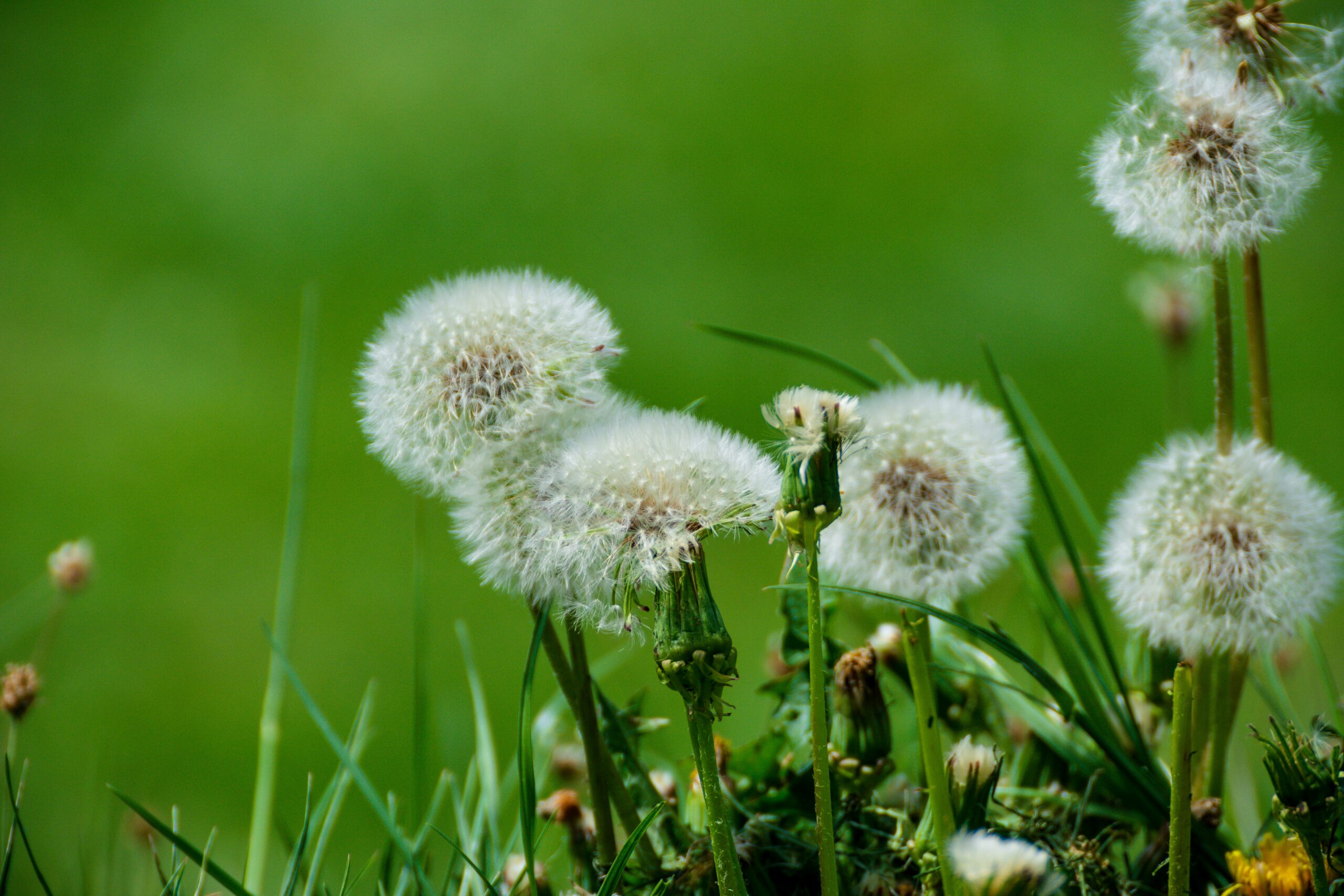Ah, the dandelion—beloved by kids for wish-making, despised by homeowners for lawn-taking. One minute your grass is looking lush, the next it’s sprinkled with little yellow pom-poms that seem to multiply overnight. If your yard is starting to look more like a wildflower meadow than a manicured lawn, it’s time to take action.
The good news? With the right strategy, you can kick dandelions to the curb and get your turf back in shape.
Step 1: Know Your Enemy
Dandelions are perennial weeds, meaning they come back year after year if you don’t tackle them properly. They have long taproots—often up to 10 inches deep—that make them tricky to remove. Simply mowing them down won’t work; they’ll pop right back up like they own the place.
Step 2: Prevent Before They Pop Up
The easiest dandelion to deal with is the one that never grows in the first place. That’s where a pre-emergent herbicide comes in. Applying one at the right time stops weed seeds from germinating in the soil.
For more details on when and how to apply it, check out our full guide: Pre-Emergent Secrets: Stopping Weeds Before They Sprout.
Step 3: Remove Existing Dandelions
If dandelions have already made themselves at home, you’ve got two main options:
- Manual Removal: Use a weeding tool to dig deep and get the entire taproot out. Leave even a piece behind, and it will regrow.
- Post-Emergent Herbicide: Choose a selective broadleaf herbicide that targets dandelions without harming your grass. Apply when the weeds are actively growing (spring or fall is best).
Step 4: Strengthen Your Lawn to Fight Back
A thick, healthy lawn is your best defense against dandelions. When your grass is dense, weed seeds have less space to sprout. That means feeding your lawn the nutrients it needs to grow strong.
Our lawn fertilization services can help keep your grass healthy year-round, giving weeds like dandelions zero room to spread.
Step 5: Stay Consistent
One treatment won’t give you a weed-free lawn forever—dandelions are stubborn. Make pre-emergent and fertilization part of your regular lawn care routine, and you’ll see fewer and fewer of them each year.
North Texas Dandelion Control Calendar
| Month | Action | Details |
|---|---|---|
| January – February | Plan Lawn Care Schedule | Decide on pre-emergent and fertilization dates for the year. |
| Late February – Early March | Apply Pre-Emergent Herbicide | Stops dandelion seeds from germinating in spring. |
| March – April | Spot Treat Existing Dandelions | Use a post-emergent herbicide or manual removal while weeds are actively growing. |
| May – August | Maintain Lawn Health | Fertilize as needed to keep grass thick and competitive; water deeply but infrequently. |
| September – October | Fall Pre-Emergent Application | Prevents winter and early spring dandelion growth. |
| October – November | Fall Weed Removal | Target any remaining dandelions before they store energy in their roots for winter. |
Final Thoughts
Getting rid of dandelions isn’t about waging a one-time war—it’s about building a lawn that’s so strong, weeds don’t stand a chance. With prevention, proper removal, and regular fertilization, your grass can reclaim its territory and stay green, thick, and dandelion-free.
FAQ- Dandelion Control
1. What will kill dandelions but not the grass?
A selective broadleaf herbicide will kill dandelions without harming your grass. These products target weeds like dandelions while leaving lawn grasses unaffected.
2. How do you get rid of dandelions on a lawn?
Apply a selective herbicide in early fall or spring when the weeds are actively growing. You can also spot-treat individual plants to avoid damaging surrounding grass.
3. What does it mean if you have a lot of dandelions in your yard?
A yard full of dandelions often indicates compacted soil or low soil fertility. It can also mean your lawn is thin, giving weeds more room to grow.
4. Why should you not pull dandelions?
Pulling dandelions often leaves pieces of the long taproot in the soil, which allows the plant to regrow. This makes hand-pulling an ongoing battle unless done very carefully.
5. Does mowing dandelions spread them?
Yes—mowing dandelions with open seed heads can spread their seeds across your lawn, leading to even more plants. It’s best to remove them before they go to seed.
6. Will dandelions grow back if pulled out?
Yes, if the entire taproot isn’t removed, dandelions will regrow. Even a small root fragment can sprout a new plant.


